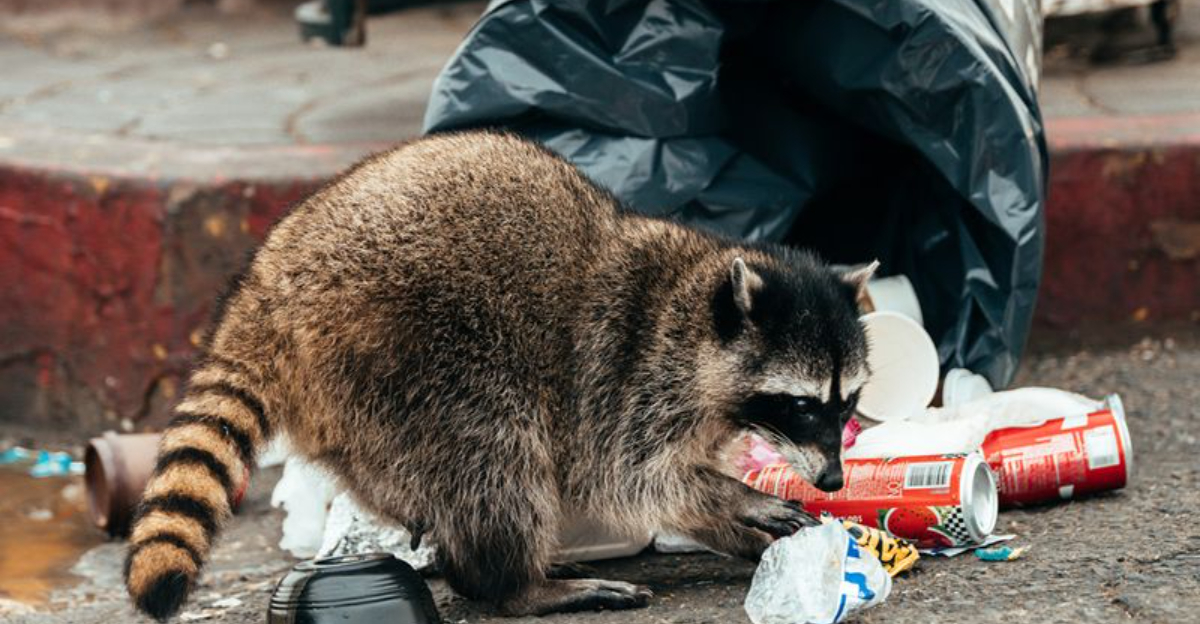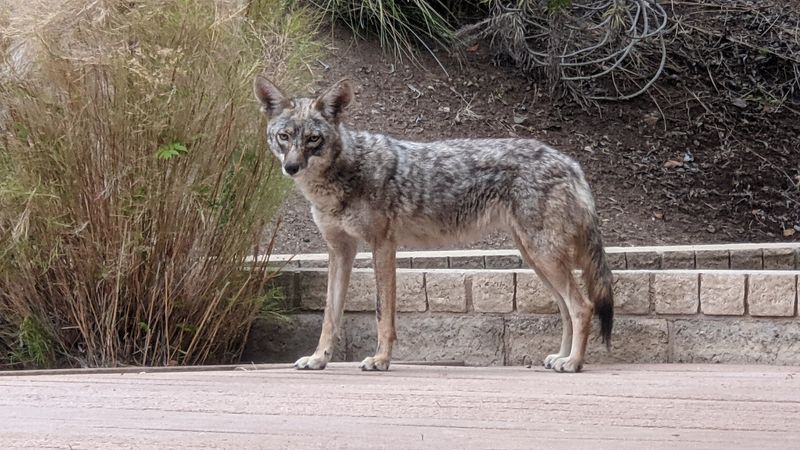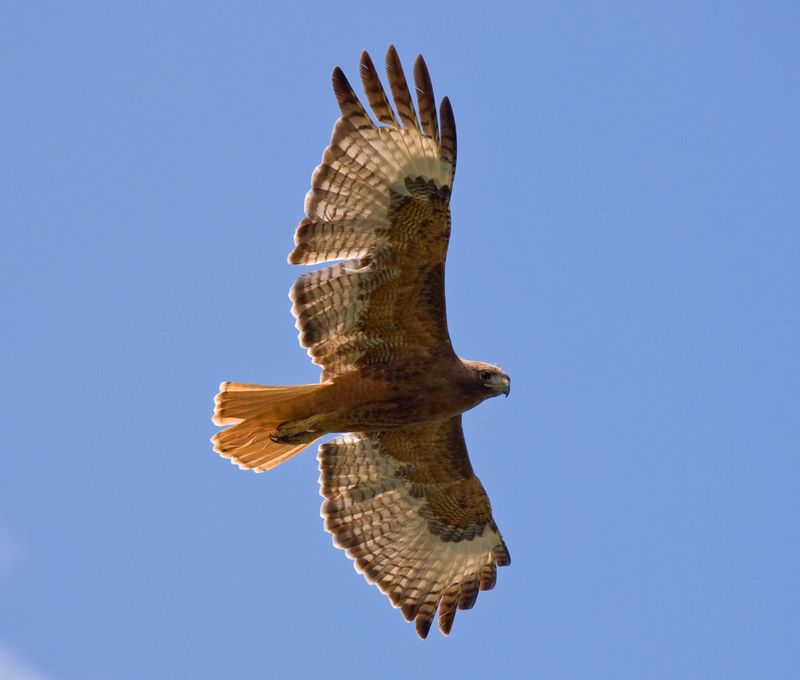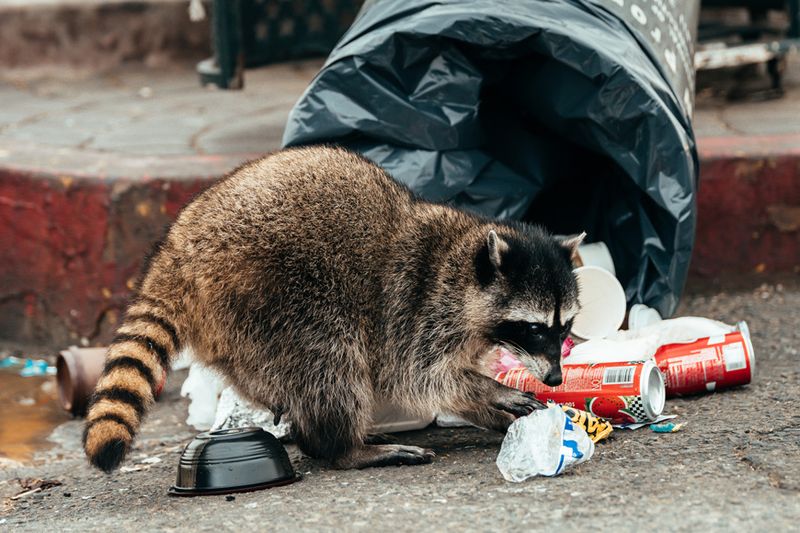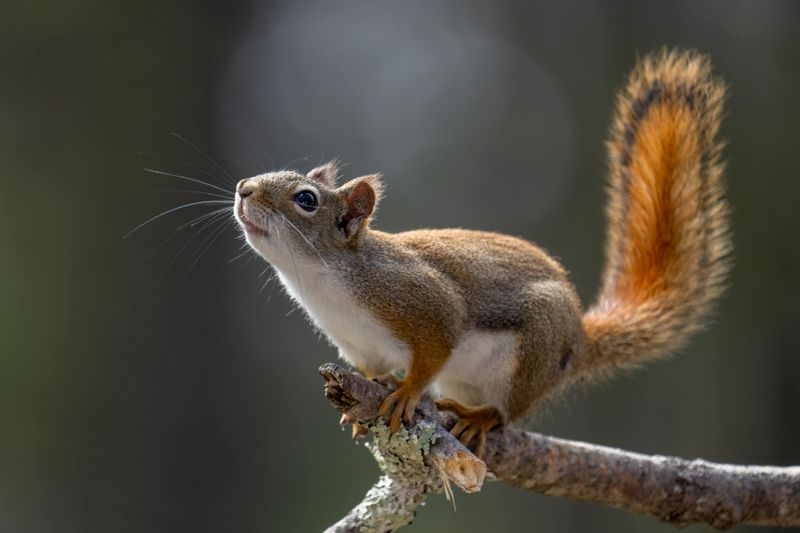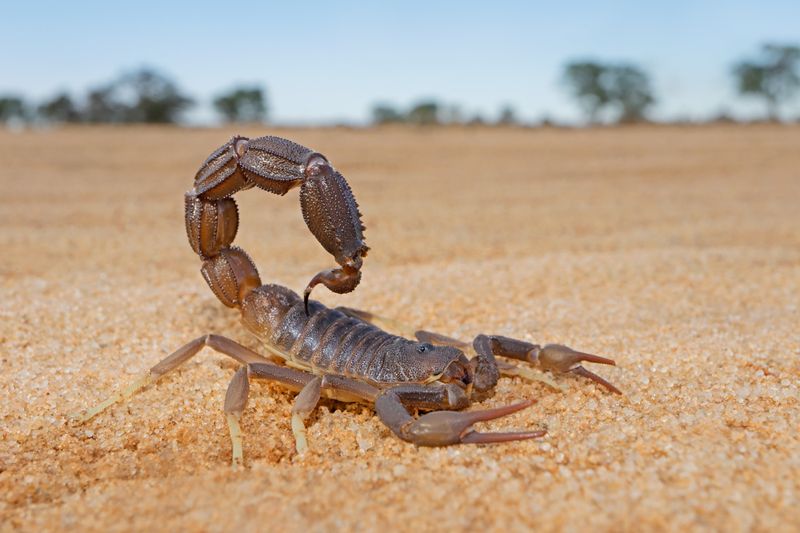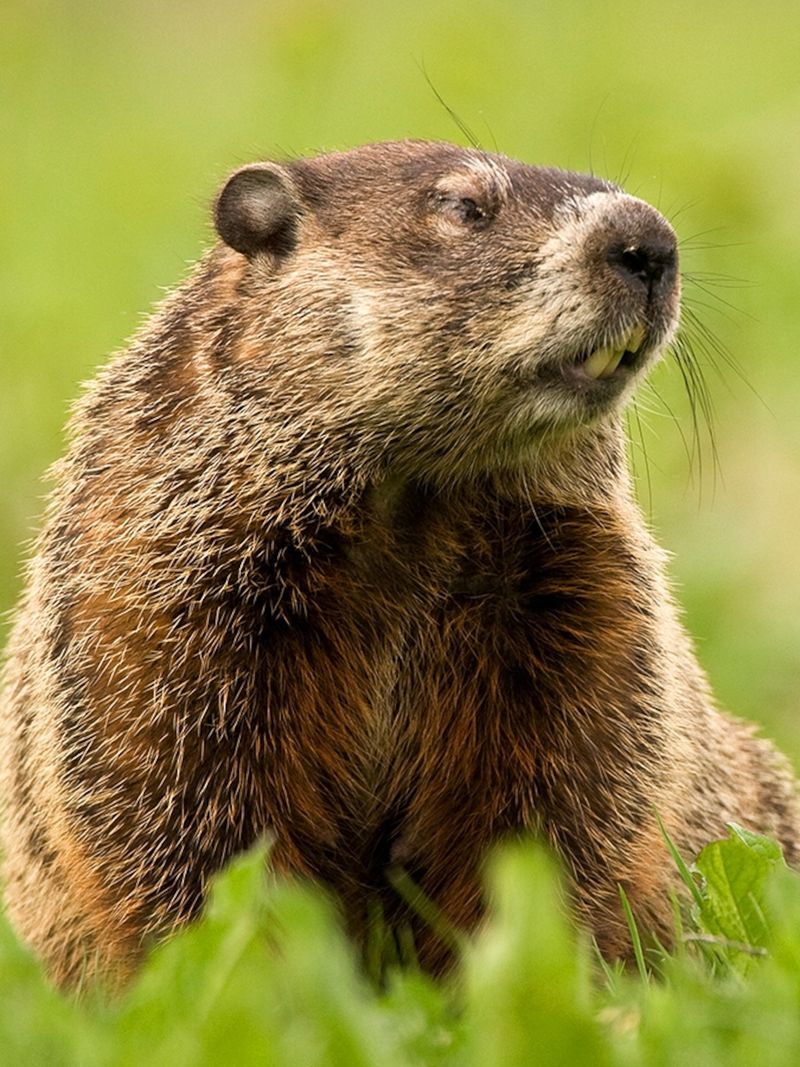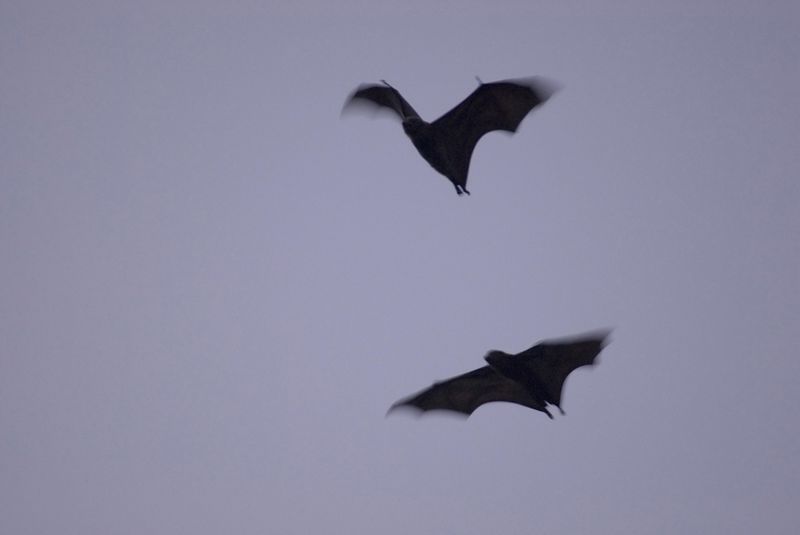📖 Table of Content:
Outdoor cats often encounter numerous threats from wild animals. These predators, ranging from the skies to the ground, pose significant hidden risks to the health and well-being of domestic cats. Understanding these threats is crucial for ensuring the safety of pets allowed to roam outdoors. Below are 15 wild animals that particularly endanger outdoor cats, each with its own unique threat profile and dangers.
1. Coyotes
A coyote’s silent stalk can spell doom for an unsuspecting outdoor cat. These cunning predators are adept at navigating both suburban and rural landscapes. Known for their opportunistic hunting habits, coyotes often find domestic cats easy prey, especially at dawn and dusk when they are most active. The eerie howls of a coyote pack can send shivers down the spine, signaling a potential danger lurking in the shadows. With their keen senses and agile movements, coyotes pose a significant threat, making it essential for cat owners to remain vigilant.
2. Hawks and Other Birds of Prey
In the skies, hawks and other birds of prey are formidable hunters. With sharp talons and impeccable vision, these raptors can spot a small cat or kitten from afar. The silent swoop of a hawk descending on its target is both breathtaking and terrifying. For outdoor cats, the threat from above is ever-present, especially in areas with a high population of large birds. It’s this airborne menace that requires cat owners to be constantly aware of their pet’s whereabouts, ensuring they have safe havens to retreat to.
3. Raccoons
Raccoons are curious creatures, often seen rummaging through trash cans in search of food. Although not natural predators of cats, their presence can spell trouble. If threatened or cornered, raccoons can become aggressive, leading to potentially dangerous encounters with outdoor cats. Their dexterous paws and sharp claws make them formidable opponents in a scuffle. As nocturnal animals, raccoons are most active during the night, which is a common time for cats to roam, increasing the likelihood of interactions.
4. Foxes
With their slender build and agile movements, foxes are stealthy predators. While generally not a significant threat to adult cats, foxes can pose a danger to kittens or smaller cats, especially when food is scarce. These clever animals are known for their cunning nature and ability to adapt to various environments, from rural areas to urban settings. The sight of a fox slinking through the shadows can be both beautiful and unsettling, reminding us of the hidden perils that exist for our feline friends.
5. Snakes
In warmer climates, venomous snakes such as rattlesnakes and copperheads can pose a significant threat to outdoor cats. These reptiles rely on their camouflage to ambush unsuspecting prey, and a curious cat can easily fall victim. The sudden strike of a snake is swift and often deadly, leaving little room for escape. For cats exploring rural areas or desert environments, the risk of encountering a venomous snake is heightened. Precautionary measures and vigilance are essential to protect pets from this silent and deadly threat.
6. Bobcats
Bobcats, with their powerful build and stealthy nature, are formidable predators. These solitary hunters are capable of overpowering smaller prey, including domestic cats. Their territories often overlap with areas where outdoor cats roam, increasing the risk of encounters. The sight of a bobcat, with its tufted ears and muscular frame, is a reminder of the wildness that lurks just beyond the edges of human habitation. For cat owners, understanding this threat is crucial in safeguarding their pets from potential harm.
7. Mountain Lions (Cougars)
Mountain lions, or cougars, are powerful predators capable of taking down large prey. Their presence poses a significant threat to outdoor cats, especially in regions close to their natural habitats. A single swipe from a mountain lion’s paw can spell disaster for any smaller animal crossing its path. These majestic creatures, with their muscular build and stealthy approach, embody the raw power of the wild. For cat owners living near mountainous or forested areas, awareness and caution are vital to prevent tragic encounters.
8. Alligators
In southern wetlands, lakes, and marshes, alligators are apex predators, posing a grave threat to any animal venturing too close to water. Their powerful jaws and stealthy approach make them masters of ambush. For outdoor cats, a moment of curiosity near a water’s edge can turn fatal. The eerie stillness of a swamp belies the lurking danger that alligators represent. Cat owners near gator habitats must exercise extreme caution to keep their pets safe from these ancient reptiles.
9. Porcupines
Porcupines, while not aggressive hunters, possess a formidable defense mechanism in their quills. For an inquisitive cat, a close encounter with a porcupine can result in painful injuries. These slow-moving creatures are equipped with sharp quills that detach easily, embedding into the skin of any attacker. A curious swipe or sniff from a cat can lead to unintended harm. Understanding the defensive nature of porcupines is essential for preventing unnecessary vet visits and keeping outdoor cats safe from harm.
10. Skunks
While skunks are more known for their pungent spray than aggression, they can still pose a threat to outdoor cats. If threatened or cornered, a skunk will not hesitate to use its potent defensive spray, leading to a smelly and distressing situation for any cat. Additionally, skunks can carry diseases like rabies, posing further health risks. The distinctive black-and-white stripes of a skunk serve as a warning of potential trouble, reminding pet owners to steer clear and keep their cats at a safe distance.
11. Squirrels
Squirrels, while not predators, can still pose health risks to outdoor cats. These nimble creatures can carry diseases like ringworm and are often hosts to fleas and ticks. An encounter between a cat and a squirrel might not lead to physical harm, but the transmission of parasites and infections is a real concern. The playful antics of a squirrel may be amusing, but for cat owners, it’s a reminder to ensure their pets are protected from potential health issues that these small rodents can bring.
12. Scorpions
In the southwest, scorpions are a hidden threat to both cats and humans. These arachnids, with their venomous stings, can cause serious harm if provoked. For a curious cat exploring arid environments, a scorpion’s sting can be a painful and potentially deadly encounter. The harsh desert landscape is home to many such dangers, emphasizing the need for vigilance. Protecting pets from scorpions requires awareness and precaution, especially in regions where these creatures are prevalent.
13. Groundhogs
Groundhogs, also known as woodchucks, are unlikely attackers but can be defensive if threatened. Their sharp teeth and claws make them capable of inflicting damage during encounters with outdoor cats. Typically found in open fields and meadows, groundhogs are more concerned with foraging than fighting. However, an accidental meeting with a cat can lead to unintended consequences. Understanding the territory and habits of groundhogs aids in minimizing risks for pets that venture into their domains.
14. Rats
Rats are hardy and intelligent creatures, often found in urban settings, posing risks to outdoor cats. These rodents can carry a variety of diseases, including leptospirosis and toxoplasmosis, which can be transmitted to cats. An encounter with a rat might not result in immediate harm, but the health implications can be severe. The adaptability of rats to human environments makes them a pervasive threat, reinforcing the need for cat owners to protect their pets from these disease carriers.
15. Bats
Bats, with their nocturnal habits, are often unnoticed until they pose a direct threat. While not aggressive, bats can transmit rabies to cats, a significant health concern. A bat’s erratic flight may catch a cat’s attention, leading to risky interactions. The quietude of the night is often interrupted by the flutter of a bat’s wings, serving as a reminder of the hidden dangers that lurk in the dark. Ensuring cats are vaccinated against rabies is crucial for their safety.
